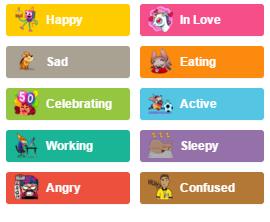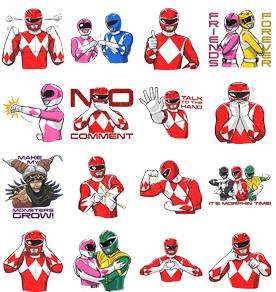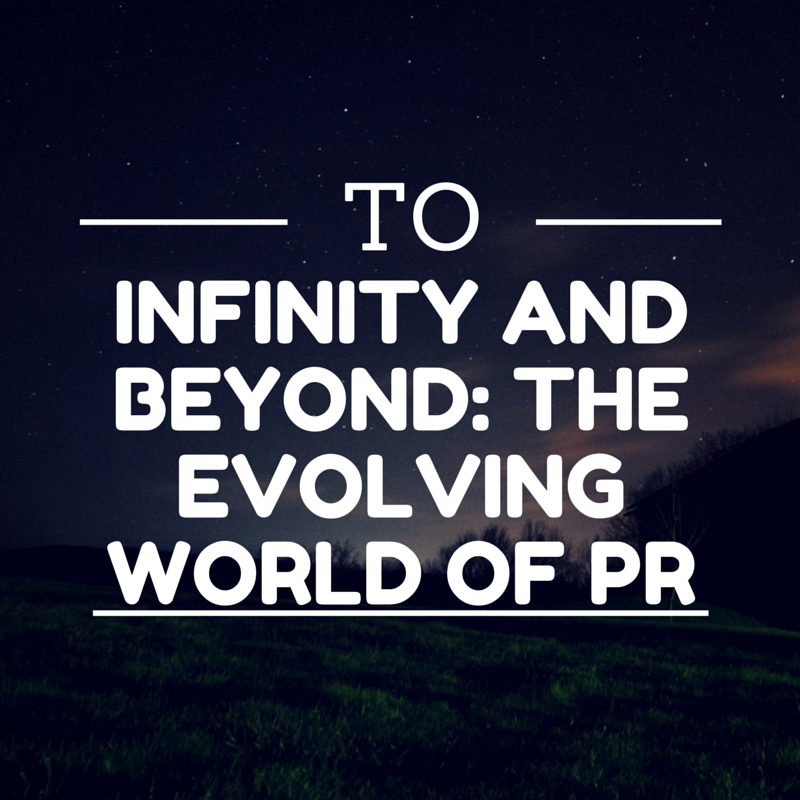Public Relations Agency’s Common Challenges and How to Avoid Them
Kicking off a Public Relations program with a new client is always an exciting time at an agency! We quickly start wrapping our heads around the ins and outs of the company and shortly after, get to tout their unique qualities to our media friends. Although this is an exciting time, it is also a crucial period to develop a relationship with your client that will pave the way to success. The first month of a working relationship can be the most challenging, so we’ve created a cheat sheet to minimize speed bumps and increase success during the ramp-up stage.
Amount of Review Samples
When working with tangible goods, more often than not, the media will request a sample unit to review to validate the attributes that make a product special. In an era of fly-by-night companies that do not deliver, it is more important than ever to substantiate the claims of a good or service. Journalists have been burned by writing about a product that never comes to market, so in order to best serve them, and especially their audiences, we provide them with the sample unit they need to complete their piece. If a company delays sending review units, they also run the risk of delaying the PR program and affecting the steady stream of press.
Not all consumer goods are created equal. Varying prices and manufacturing costs can affect the amount of samples allocated to a given program. For high-priced consumer goods or goods with limited quantities for the media, it’s important to utilize a Product Loan Agreement, a contractual obligation to send the review sample back to the company once the review is completed in the amount of time defined in the agreement. By circulating the review units, we are able to maximize the review opportunities.
Public Relations Messaging and Materials
A crucial element to the success of a Public Relations program is the translation of the brand’s identity into messaging used throughout press materials. The messaging used will be the first impression a media member has of the company, as well as what they will use to help them write their story. It is important to provide an agency with all the proper messaging, and work with them as it is being developed to ensure the best and most accurate information possible.
Concise and effective messaging and press materials will help set a company apart from competitors, especially when being compared directly to them. In order to ensure that we see the best possible results from a secured media opportunity, we provide the media with any and all press materials including press releases, custom quick-start guides and a spokesperson from the company to comment on any questions that may arise.
Published Press
Once the press materials are ready for public consumption, we can aggressively hit the ground running. As ongoing discussions continue, we often hear this question from the client, “When can we expect to see press coverage?” The answer to this question will largely depend on the publication and journalist. An outlet’s lead times, editorial calendars and a journalist’s editor all contribute to the timing of when a piece will publish. Another major factor to take into consideration is the piece’s timeliness in the news cycle as breaking news often impacts scheduled stories and secured opportunities.
Ensuring that coverage converts in a timely manner is the key to any successful program. Here are a few ways that we ensure press publishes:
- Open Lines of Communication – By following up with the journalist to check in, your brand will be top-of-mind and we will stay up to date on the progress of the story. In addition, if the journalist is encountering any problems with our product or service, we can stay ahead of the issue by offering a quick solution.
- Avoiding Industry Announcements – To ensure the success of a pitch or a slew of press during a product announcement, we will advise on industry announcements, tradeshows, and other major events that could affect the timeliness of our story.
A Symbiotic Relationship
A successful Public Relations program cannot exist without engagement from the client. A lack of communication between a Public Relations agency and company can be detrimental to the overall success of a program. With a proper relationship in place, we can pivot on the program as needed and stay in line with the priorities of the company and leverage all angles, including newsworthy opportunities that could get prime real estate in a media outlet that may have been previously overlooked.






